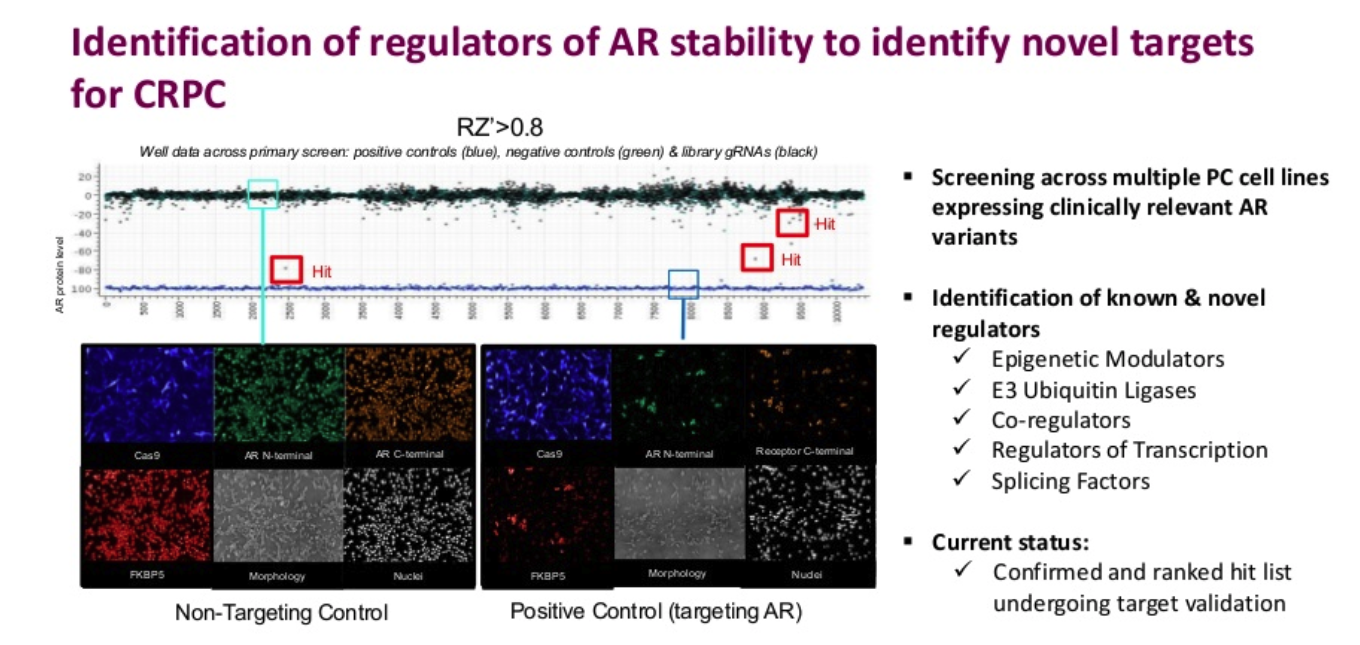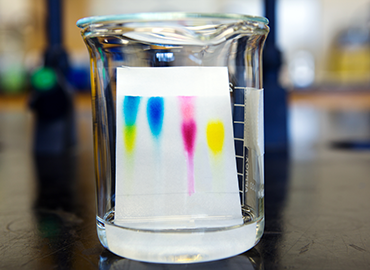Both the pharmaceutical industry and non-industry researchers spend a lot of time analysing why there are high attrition rates in the drug development process. Attempts to reduce the number of efficacy- and safety-related failures in the drug discovery phase led AstraZeneca to developing the 5R Framework:
- Right target
- Right tissue
- Right safety
- Right patients
- Right commercial potential
Designed to help guide successful drug discovery, implementation has seen an increase in success rate of 15%, however lack of efficacy was still a root cause of drug discovery failure. This led to the realisation that an effective target discovery platform was critical to reduce the attrition rate observed in clinical studies.
Combination of innovative screening technology and translatable biological models
Genetic linkage to disease and model translatability are critical features associated with reduced clinical efficacy. The two driving concepts to building an integrated target discovery platform are therefore a translatable model, and genetic target validation to identify, prioritise and validate novel drug targets. Genomic data and CRISPR gene editing have enabled the identification and validation of new drug targets.
External collaboration with the Innovative Genomics Institute (IGI) who create CRISPR inhibition and CRISPR activation libraries and assess DNA damage response, the CRUK Functional Genomics Centre, who run pooled genome wide screens for oncology and identify mechanisms of resistance, and an established collaboration with the Karolinska Institute in Stockholm, who assess secretome libraries from human cells, supports the discovery of new drug targets and the target discovery platform.
Target discovery using CRISPR libraries
The development of a CRISPR-Cas9 DOX system has increased the relevance of screening and precision and helped minimise off-target effects with the use of an insulator, doxycycline.
The technology has been demonstrated through the generation of cell models and characterisation of multiple prostate cancer cell lines induced to express CAS9, using genome-wide CRISPRn and CRISPRa array libraries. The androgen-receptor is a key drug target in prostate cancer and the use of a high content, biological assay has allowed staining for the androgen receptor and proliferation and the key target genome androgen receptor FKBP5.
At AstraZeneca, we have developed a target discovery platform using highly validated genome-wide CRISPRn and CRISPRa libraries that delivers new target opportunities for the AstraZeneca portfolio with an increased chance in the clinical development programme.
This article is based on Davide’s talk from the MDC Connects webinar series. Watch the session Davide took part in – Identifying the Target:

About the author
Dr Davide Gianni is Associate Director of Functional Genomics in Discovery Sciences, BioPharmaceuticals R&D at AstraZeneca and is responsible for leading a team of scientists to deliver new therapeutic opportunities for AstraZeneca’s therapy areas of interest.
Davide joined AZ from Boehringer-Ingelheim in 2015 where, acting as a Research Laboratory Head, he has led a team of scientists aimed at identifying and validating novel target opportunities for Oncology. Earlier in his career, he conducted his postdoctoral studies at The Scripps Research Institute in La Jolla (California) where he focused his research activities on deciphering the contribution of Reactive Oxygen Species (ROS) in mechanisms underlying human diseases including cancer, neurodegeneration and cardiovascular disease.
























































































































